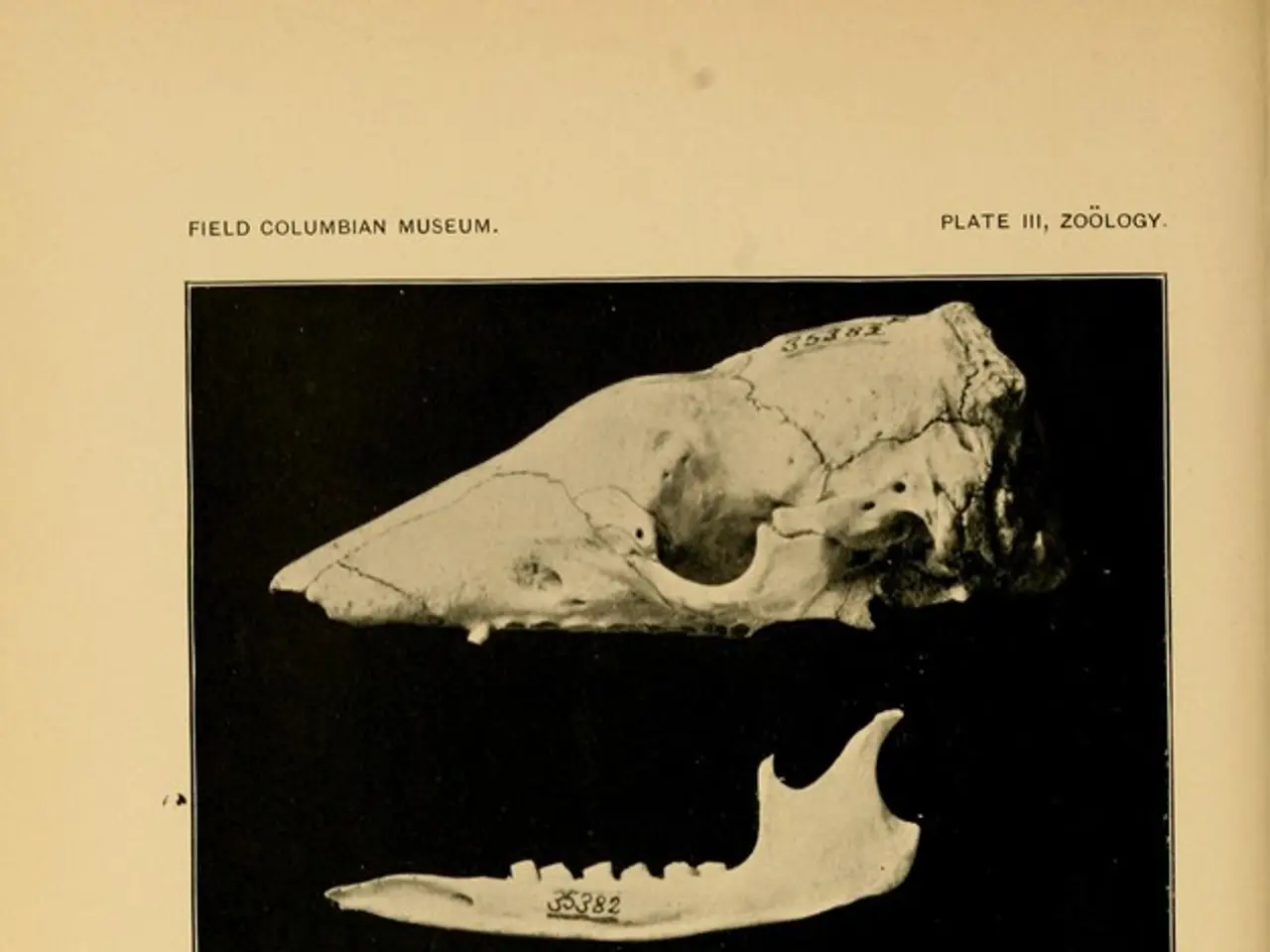TMJ Osteoarthritis: A Comprehensive Look at Its Nature
TMJ osteoarthritis, a condition affecting the temporomandibular joint connecting the jaw to the skull, can be managed through various treatment options. The purpose of these treatments is to help reduce discomfort and prevent the progression of the disease.
Conservative Treatments
Conservative treatments are often the first line of defence against TMJ osteoarthritis. They include:
- Medications: Over-the-counter pain medications like ibuprofen or acetaminophen can help manage pain. Prescription muscle relaxants may also be used to ease tension. In some cases, the antidepressant Duloxetine, when combined with other treatments like arthrocentesis, has shown promise in managing TMJ pain [1].
- Physical Therapy: Jaw exercises and physical therapy can help improve jaw mobility and reduce pain.
- Custom Mouth Guards: These are designed to reduce teeth grinding and clenching, which can exacerbate TMJ symptoms.
- Botox Injections: Injecting Botulinum toxin into the jaw muscles can relax them and provide relief from TMJ pain [3].
Minimally Invasive Treatments
For more persistent symptoms, minimally invasive treatments may be considered. These include:
- Arthrocentesis: A minimally invasive procedure involving the injection of fluid into the joint to reduce inflammation and improve mobility. It is effective for conditions like disc displacement without reduction [2][4]. Combining arthrocentesis with other therapies, such as intra-articular injections of hyaluronic acid, can enhance its effectiveness [2].
- Intra-Articular Injections: Injections of hyaluronic acid or platelet-rich plasma (PRP) into the joint can help reduce inflammation and improve joint lubrication.
Surgical Options
In severe cases, surgery may be necessary. These options include:
- Arthroscopy: A surgical procedure that involves using a small camera to visualize the joint. It is more effective for complex joint issues but carries a higher risk of complications [2].
- Open-Joint Surgery (Arthrotomy): Reserved for severe cases, such as ankylosis or tumors. It is considered a last resort due to its invasive nature and higher risk profile [2].
Effectiveness of Treatments
The effectiveness of treatments for TMJ osteoarthritis varies. Combination therapy with Duloxetine and Arthrocentesis has shown significant pain reduction and potential functional benefits, though further research is needed to confirm these findings [1]. Arthrocentesis offers improvements in pain relief and joint mobility, especially for conditions like disc displacement without reduction [2]. Conservative treatments are generally effective for mild cases, focusing on symptom management and lifestyle adjustments [4][5].
In conclusion, the choice of treatment depends on the severity and specific cause of TMJ osteoarthritis. Early diagnosis and a combination of conservative and minimally invasive treatments often provide effective relief.
- In the realm of workplace-wellness, addressing TMJ osteoarthritis can help employees manage chronic diseases, such as this joint condition, ensuring better overall health-and-wellness.
- Science continues to explore various therapies-and-treatments for TMJ osteoarthritis, with a focus on finding effective solutions for mental-health as well, considering the impact stress can have on the condition.
- TMJ osteoarthritis can also potentially contribute to other medical-conditions, like respiratory-conditions and digestive-health issues, due to the body's interconnectedness.
- To maintain eye-health, it's crucial to address TMJ osteoarthritis, as its prolonged presence could lead to complications affecting various parts of the body, including the ears for hearing concerns.
- Beyond joint-related conditions, TMJ osteoarthritis may be linked to autoimmune-disorders or skin-conditions, making skin-care an essential aspect of treatment and prevention.
- Fitness-and-exercise plays a vital role in managing TMJ osteoarthritis, as maintaining a healthy weight and strengthening relevant muscles can help mitigate symptoms.
- To address TMJ osteoarthritis in men, both mens-health and cardiovascular-health need to be taken into account, as this condition can exacerbate heart-related issues.
- Medicare may cover some treatments for TMJ osteoarthritis, ensuring accessibility for older populations dealing with this medical issue and associated skin-conditions.
- Aging can contribute to the development of TMJ osteoarthritis, highlighting the importance of maintaining general health during the aging process and following a balanced diet for digestive-health.
- Women's-health must consider the impact of TMJ osteoarthritis on reproductive systems and hormone regulation, as well as the potential interactions with various treatments and therapies.
- TMJ osteoarthritis can also present as a complication in people with cancer, respiratory-conditions, and other chronic diseases, emphasizing the need for holistic health-and-wellness approaches in both treatment and prevention.




